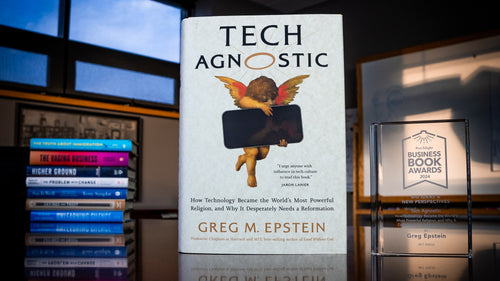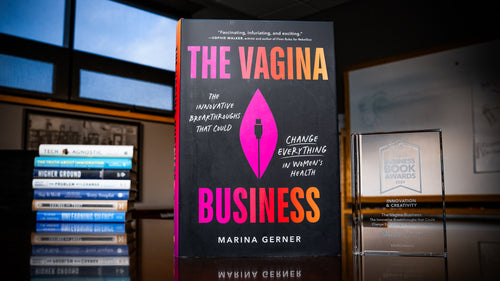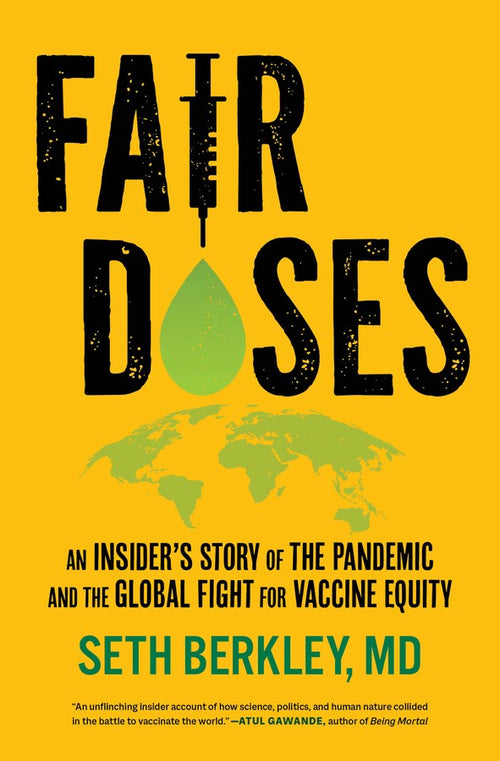An Excerpt from Rethinking Medications
Many medications taken by Americans are either excessively expensive or carry significant risks. Dr. Jerry Avorn shares his insights on how we got here and proposes practical solutions to improve the system.

Exciting research advancements have led to many new medicines, yet many life-saving treatments remain inaccessible to those needing them. The influence of powerful pharmaceutical lobbying in Washington, along with the FDA’s dependence on fees for drug approvals and the rise of a revenue-driven medical industry, has greatly changed how doctors prescribe medications and who can access them.
In his latest book, Jerry Avorn, MD, a professor of medicine at Harvard Medical School, provides vital insights into recent challenges in the medical field, along with practical recommendations for consumers, policymakers, and practitioners to drive real change.
We’re pleased to share an excerpt from Rethinking Medications, courtesy of Simon & Schuster.
◊◊◊◊◊
Breathing Room
The Edinburgh Fringe Festival is the world’s largest performing arts event. Each August musicians, actors, singers, acrobats, stand-up comics, and other performers from around the world arrive at over two hundred venues throughout the Scottish capital to present over three thousand different shows. While I was there in 2023, a particular event caught my eye: a one-man performance called Wonder Drug in which a British comedian with cystic fibrosis used puppets, props, and blow-up dolls to describe what it’s like to live with that debilitating condition, and the medication that saved him. How could I miss that?
Cystic fibrosis (CF) is a genetically based chronic illness in which the body can’t produce internal secretions properly. About one in thirty people carries the gene that can cause it, even though that usually doesn’t result in full-blown disease. In the lungs, the defect can transform the normal fluid lining the airways into a viscous glop that leads to a chronic cough, shortness of breath, and frequent bouts of pneumonia. Effects on secretions in the digestive system lead to problems absorbing nutrients. Until recently, patients with CF suffered progressive difficulty in breathing, frequent hospitalizations, and early death—usually in their thirties or forties. Historically, all that doctors could do was try to prevent the inevitable complications and treat them when they occurred: inhalers to help with the lung secretions, enzymes to ameliorate the digestive problems, antibiotics for the recurring lung infections. When the disease progressed too far, some patients faced the last-resort prospect of a lung transplant.
The star and only performer in Wonder Drug was a young British comedian named Charlie Merriman (a great name for that job), who described his own experience living with CF: the constant cough and frequent shortness of breath, the need to use nebulizers several times a day, the gastrointestinal problems, the frequent infections and periodic bouts of pneumonia. Like his internal secretions, the plot thickens when he meets a love interest in Italy at the start of the Covid epidemic, while they are making a film together about the bubonic plague. In the Edinburgh performance Merriman, wearing a hand-painted T-shirt to remind us where his lungs and stomach and pancreas are, used puppets, dancing antibiotics, singing syringes, and politicians in their underpants to vividly illustrate the disease as well as his long wait to access the drug that could tame it. All this to a soundtrack of 1980s pop favorites.
The show was both amusing and heart-wrenching. Its title referred to the new medication Merriman was waiting for that could repair the underlying mechanism of the disease, offering for the first time the prospect of a more normal existence and even the hope of a near-average lifespan. Months passed; his symptoms persisted and his disease progressed. The relationship with his new love interest faltered. He kept up with his daunting daily schedule of treatments and wondered each day whether he would ever get access to the new medicine, with its promise of normal functioning and escape from an early death.
More months passed; his doctor said the new drug wasn’t available yet, but she hoped it would be eventually. He waited. The Fringe performance climaxed when he was finally able to get the new pills. They worked quickly and thoroughly, at last enabling him to live a near-normal existence. The show’s finale features Merriman doing aerobic exercise effortlessly at a pace that would have left most of us in the audience breathless.
The show didn’t explain that his long wait for the new drug was because its American manufacturer, Vertex Pharmaceuticals, put a six-figure annual price tag on it, an amount that the British National Health Service found exorbitant and unjustified, and which it said it couldn’t afford to pay. Merriman’s monologue didn’t get into the fact that health insurance companies and state Medicaid programs all over the U.S. were also struggling to cover the product at its even higher list price here, about $300,000 a year per patient. But it was a life-changing medicine, if you could just get access to it.
Where do wonder drugs like this come from? The pharmaceutical industry depicts the process as involving white-coated company scientists working through the night and spending billions of dollars of corporate funds to develop cures for devastating illnesses like CF. Yes, that happens sometimes. But an enormous amount of the research underlying these products is funded by public sources, like the National Institutes of Health. When that happens, who owns the resulting molecule, and how is its price set? For Merriman, how did all these forces come together so that even after this wondrous treatment for his illness was on the market in the U.S., he still had to endure months of continuing shortness of breath, inhalers, wheezing, and lung infections before his doctor could prescribe it for him so long after it had been discovered and proven effective and safe? How did Vertex come to price it at around $300,000 per year here—a daunting price for uninsured patients and for public- and private-sector insurers alike?
Sometimes a breakthrough medicine is created almost wholly within the labs of a drug company, and at their expense. When that happens, especially when the new treatment reaches the market after a drugmaker has invested in dozens or even hundreds of other products that didn’t pan out, the innovator company deserves a lot of credit, and a lot of revenue. But that is often the exception rather than the rule.
Excerpt from Rethinking Medications by Jerry Avorn. Copyright © 2025 by Jerry Avorn. Reprinted by permission of Simon & Schuster, NY.
About the Author
Jerry Avorn, MD, is a professor of medicine at Harvard Medical School and a senior internist in the Mass General Brigham health-care system. He built a leading research center at Harvard to study medication use, outcomes, costs, and policies and developed the educational outreach approach known as “academic detailing,” providing evidence-based information about medications to prescribers. One of the nation’s most highly cited researchers, Dr. Avorn is the author of Powerful Medicines: The Benefits, Risks, and Costs of Prescription Drugs, and he has written or cowritten over six hundred papers in the medical literature as well as opinion pieces in The New York Times, The Washington Post, JAMA, and The New England Journal of Medicine.































































